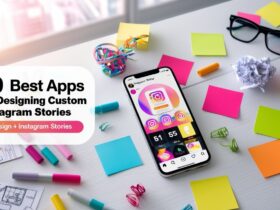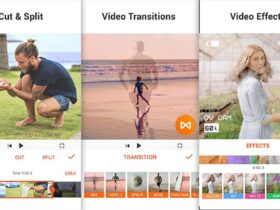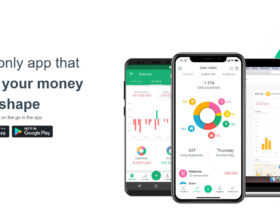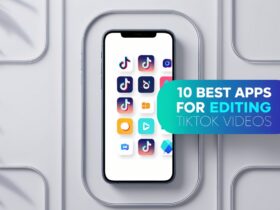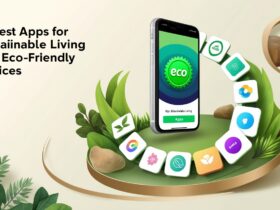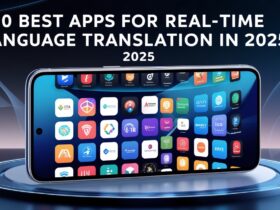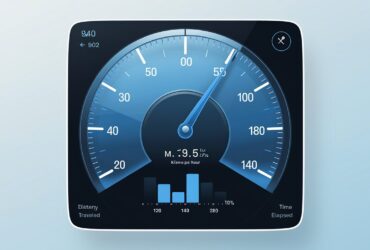In this article, I will discuss the Best Ios And Android App Development Platform.
Looking to develop high-quality mobile applications within no time then these platforms are a must have for developers.
Assessing how each of these platforms operates, how simple it is to use them, and what support is available for them will help us know which of the mobile app development tools are more competitive than the others.
Key Point & Best Ios And Android App Development Platform List
| Framework/Tool | Key Point |
|---|---|
| React Native | JavaScript framework for building mobile apps using React. |
| Flutter | UI toolkit from Google for natively compiled applications from a single codebase. |
| .NET MAUI | Multi-platform framework for building native apps using C# and XAML. |
| Ionic | Framework for building cross-platform mobile apps using web technologies (HTML, CSS, JS). |
| SwiftUI | Apple’s framework for building UIs across all Apple platforms with Swift. |
| Kotlin Multiplatform Mobile (KMM) | Allows sharing code between Android and iOS apps using Kotlin. |
| NativeScript | Framework for building native mobile apps using JavaScript, TypeScript, or Angular. |
| Sencha Touch | Framework for building mobile web applications with a rich set of UI components. |
| Firebase | Backend-as-a-Service platform providing cloud storage, real-time databases, and authentication. |
| Appery.io | Cloud-based platform for building mobile apps with drag-and-drop functionality and integrations. |
10 Best Ios And Android App Development Platform
1.React Native
React Native is regarded as highly effective among the platforms which serve iPhone and Android application development.
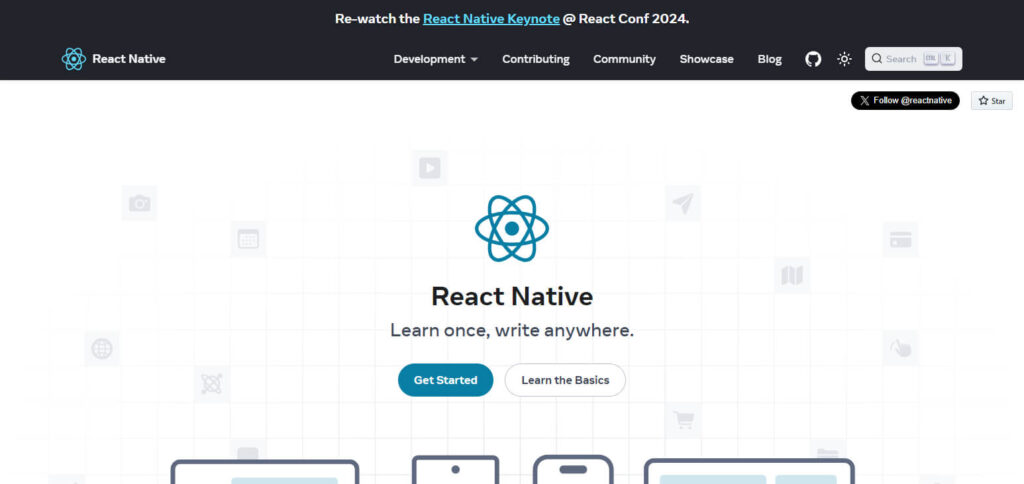
This technology intends developers to write apps in JavaScript and React, using a single code-based environment that produces high-quality companion applications across multiple devices.
Such components in it as libraries of reusable modules and a large number of active developers concerned with it serve to speed up the building processes and provide a native look which is why this branch is popular among developers around the globe.
React Native Features
2.Flutter
Flutter as now the best platform for developing both iOS and Android applications.
Flutter is developed by Google and is used by developers to build beautiful applications with a single code base.
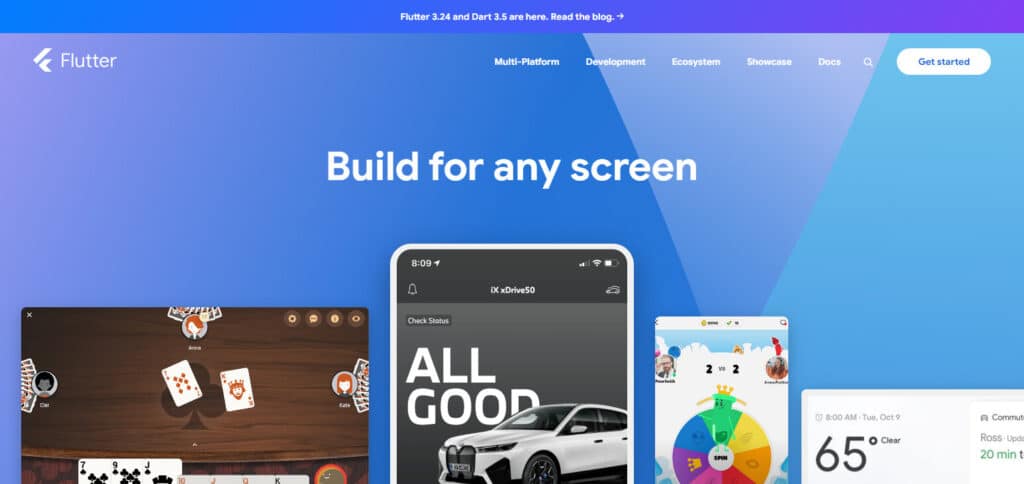
Its hot reload feature increases the efficiency of the development process since it allows for instant updates of the UI.
It also has a large range of widgets which makes sure that applications feel native despite the devices.
Flutter is in vogue and therefore becomes one of the prime platforms for building all kinds of apps today.
Flutter Features
3.NET MAUI
.NET MAUI as a perfect framework for developing the applications for Android and iOS.
TYTAC is basically an evolution of Xamarin and allows developers to build cross-platform applications integrating C# and XAML from one codebase.
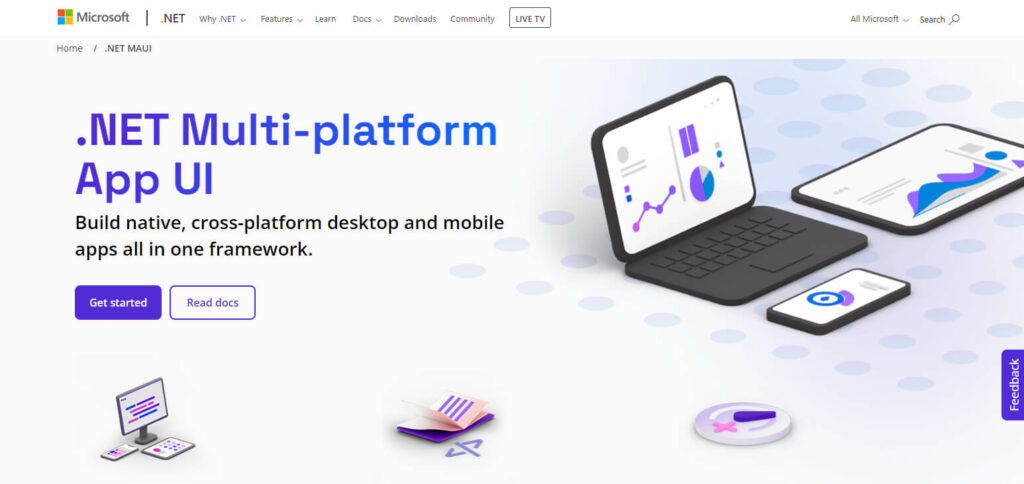
It helps developers to simplify the development and testing part of the applications as well as it provides native APIs to the developers for better performance and native experience to the users.
Thus, this makes the .NET MAUI a useful tool for today’s mobile application development.
.NET MAUI Features
4.Ionic
Ionic as a flexible and powerful application development tool for iOS and Android systems.
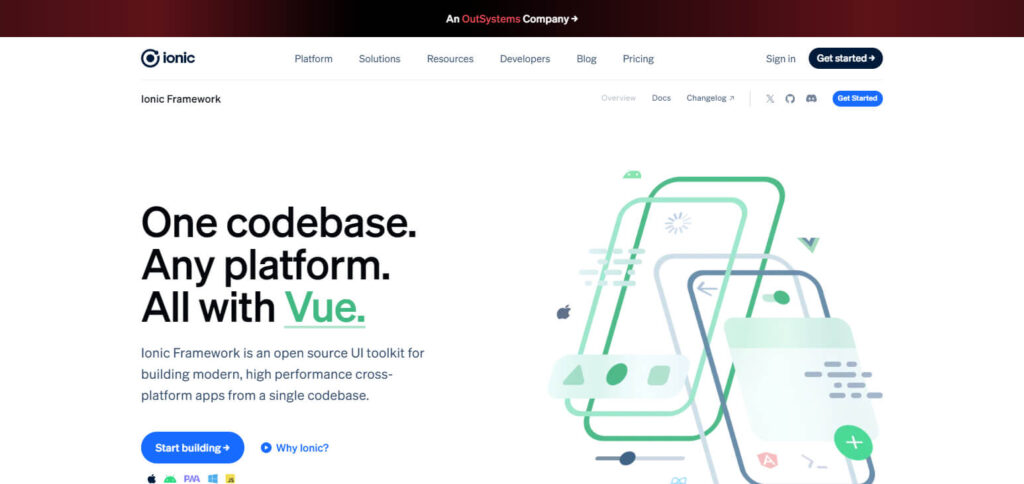
It uses the common web application creation technologies like HTML, CSS and JavaScript which allows developing cross-platform mobile applications with shared code within a short time span.
Its extensive library of customizable UI components and dll-basic plugins provides developers the facility to create a perfect application of their choice thus making Ionic popularity among developers for fast building of mobile apps of high quality.
Ionic Features
5.SwiftUI
SwiftUI is a versatile and robust iOS app development framework. Apple introduced SwiftUI to improve the speed of user interface creation by utilizing a new declarative approach.
The developers are able to build engaging and dynamic interfaces effortlessly.
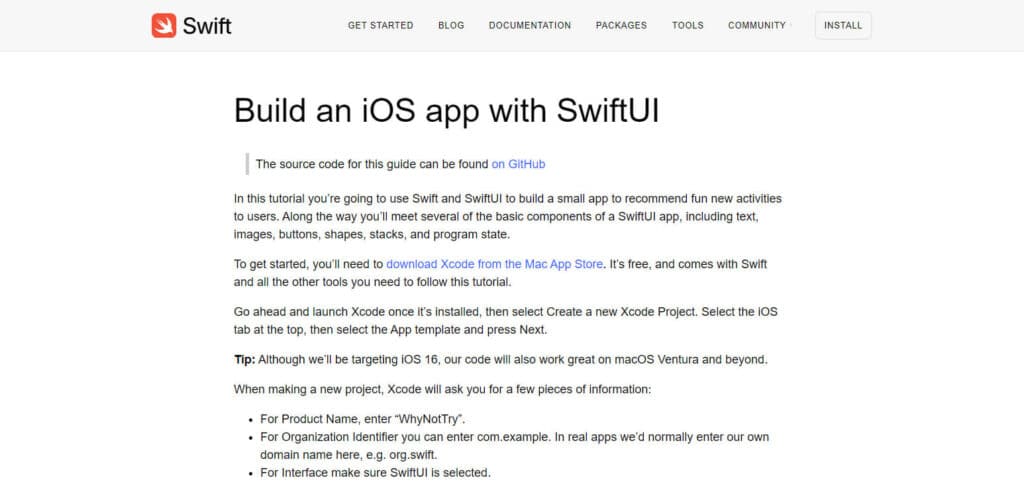
The ability to visualize changes while working within the Xcode environment ensures that architectural changes are implemented quickly.
Generating native-like high-performance apps for users is quite easy with SwiftUI, causing it to be widely used for iOS development.
SwiftUI Features
6.Kotlin Multiplatform Mobile (KMM)
Kotlin Multiplatform Mobile (KMM): A New Platform for iOS and Android Application Development.
Organization employs KMM technology in order to utilize Kotlin and share code across platforms making development faster.
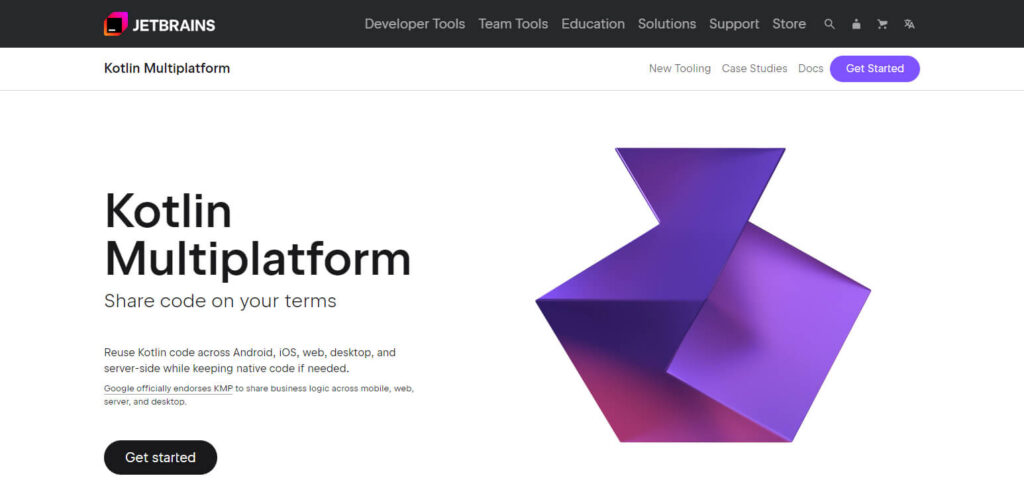
KMM also supports use of native APIs enabling maximum performance and user experience on different devices.
With the mounting efficiency requirements of modern mobile applications KMM technology boasts its ability to use existing source code and offers extensibility.
Kotlin Multiplatform Mobile (KMM) Features
7.NativeScript
NativeScript is an effective framework to utilize when developing applications for both iOS and android platforms.
It enables programmers to convert their web apps into actual mobile apps using either Java, C#, or Angular with direct access to native elements of the system which include the APIs as well as UI building blocks.
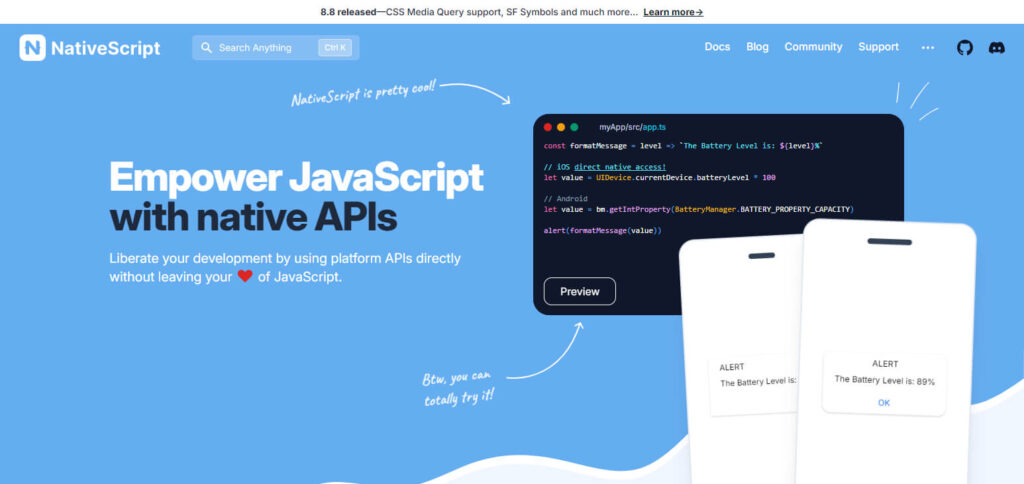
Its diversity and vast ecosystem make it possible to have quick delivery of applications using one base code by providing uniformity amongst application experiences across various platforms.
This promotion of delivery of complex mobile application systems has made NativeScript appealing to app developers.
NativeScript Features
8.Sencha Touch
Sencha Touch as a complete solution for applications development for iOS and Android Systems.
This framework allows developers to work with HTML5 and JavaScript to build mobile web applications, providing an advanced set of user interface building components.
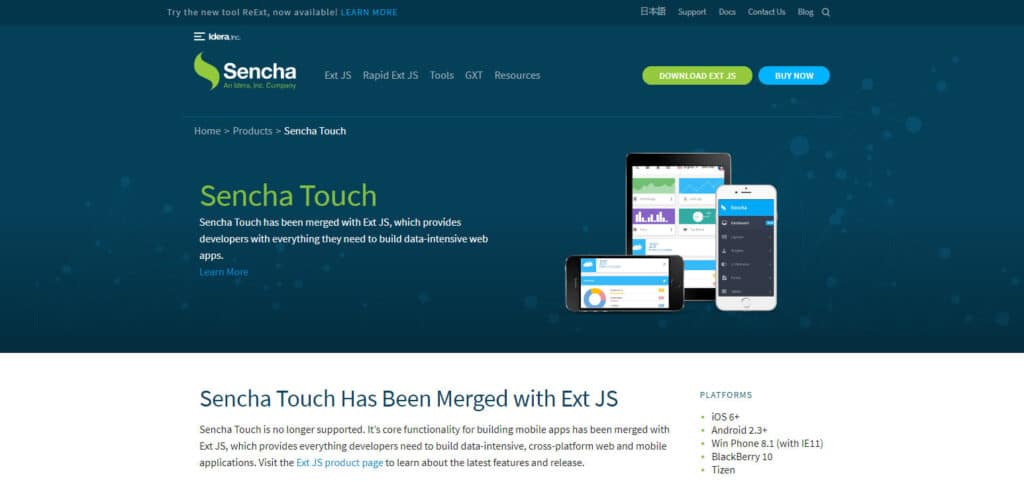
Its strong data package supports numerous sources of data and templates which improves the application performance.
Given its mobile capabilities, Sencha Touch is the most suitable framework for creating interactive mobile applications.
Sencha Touch Features
9.Firebase
Firebase as a powerful platform to develop apps for iOS and Android.
In additions to development server Firebase can be described as backend as a service since it has real time database, authentication and cloud storage in it which lets the developer to create thinks rapidly.
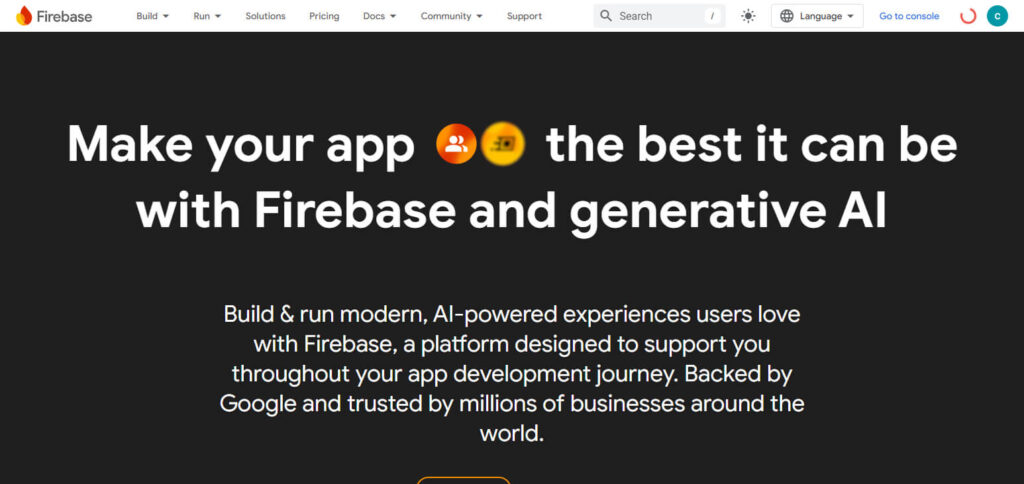
Integration with various development tools and frameworks makes the development process hassle free whereas intelligence and performance tracking keeps end-user experience at the best.
This is therefore ideal for developers looking for a backend.
Firebase Features
10.Appery.io
Appery.io as a platform for iOS and Android app development has its advantages.
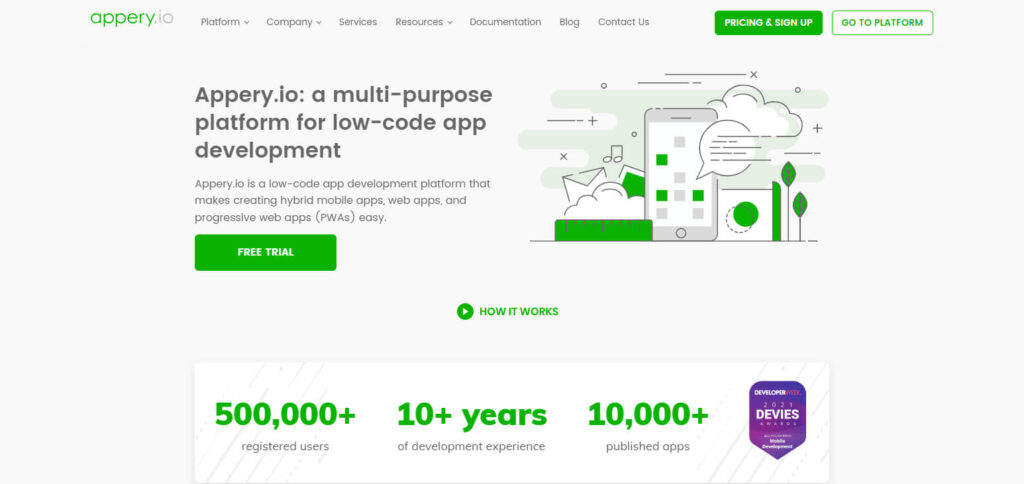
Appery.io is a cloud-based app editor that allows using the drag-and-drop options to create mobile apps – making it easy for developers of any level to develop apps.
Thanks to the well-developed integrations and an abundance of APIs, Appery.io allows developers to focus on quality delivery of apps to various devices qualitatively without sacrificing performance. This is a good platform for quick development of applications.
Appery.io Features
How To Choose Best Ios And Android App Development Platform
In this article, I will discuss how to choose the best iOS and Android app development software according to your requirement. Choosing the appropriate platform requires tackling a number of major points:
Project Requirements: Consider the app’s usability, level of sophistication and the audience it seeks to serve. Some platforms are more suitable or strong in certain aspects so your selection should be according to your project requirements.
Development Cost: Keep in mind the amount of money you have at your disposal. Appropriate platforms would be more resource consuming than others which provide little or no cost options.
Development Speed: Evaluate the rate at which the development and deployment is done. There are some frameworks which allow sharing code between applications for iOS and for Android which always saves time.
Performance: Search capabilities should focus on the platforms that allow native experience and performance. Hybrid architectures tend to provide lower performance than native ones.
Community Support: Active development of the platform and its tools increases its usability through inducing libraries and other resources from the active community. Search for instruments and active documentation as well as forums.
Future Scalability: Implementing a given platform should consider that the platform will be ideal for future use by the project as it will expand and adopt new features, and parameters in due time.
Conclusion
To sum up, it is important to choose the best iOS and Android application development platform for the prospects of your mobile application.
There are many things to consider that can help you to decide better and accordingly such as project requirements, development costs, performance, and community support.
The right platform will always be beneficial regardless of the framework whether a native is used for its performance or a cross platform in preference of time.
Thought and analysis will make sure the selected platform works for the goals intended and propel the project into maturity.

